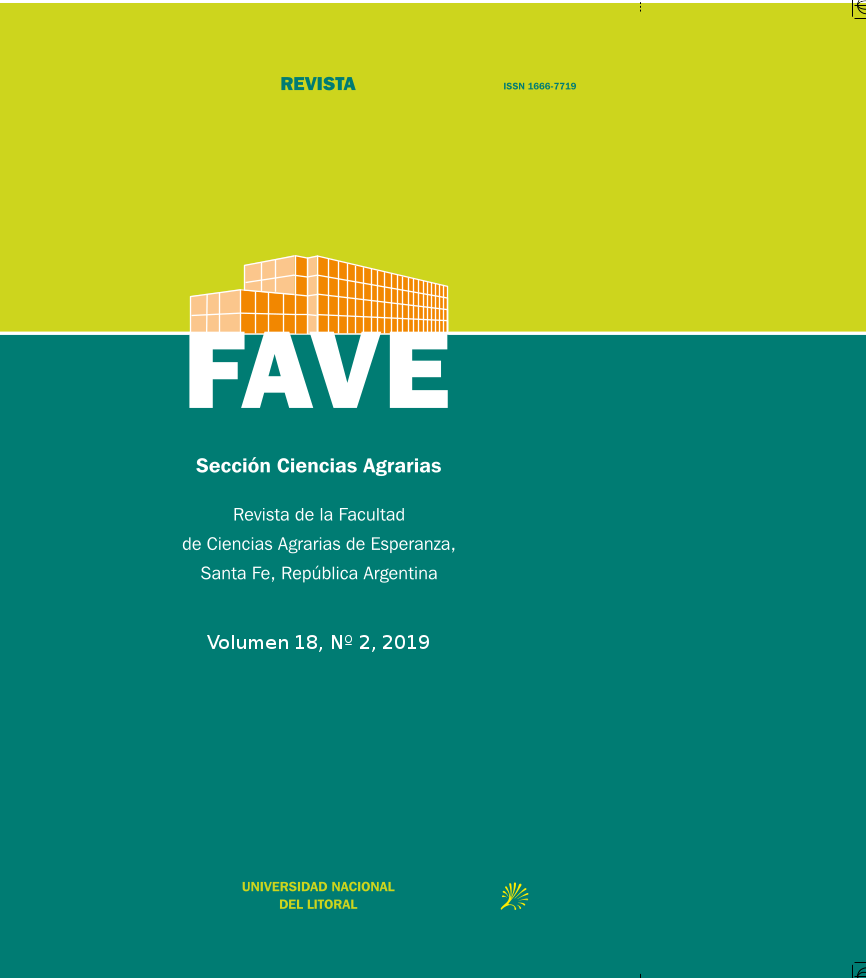Naturally contaminating fungal flora of fresh and heat-treated blueberries (Vaccinium corymbosum L. O’Neal).
DOI:
https://doi.org/10.14409/fa.v19i2.8787Keywords:
blueberries, molds, contaminationAbstract
Isolation and identification of molds present in fresh and heat-treated blueberries (10 minutes at 80 °C) were performed, and their Abundance (Ab) and Frequency (Fr) were determined. Eight species of molds in fresh blueberries and eight species of heat-resistant molds in heat-treated blueberries were isolated and identified. The most frequent and abundant molds isolated in fresh blueberry were Aspergillus niger (Fr: 70% and Ab: 31%) and Penicillium decumbens (Fr: 21% and Ab: 11%). The most frequent and abundant heat-resistant molds were Arthrinium phaeospermun (Fr: 30% and Ab: 36%) and Eurotium repens (Fr: 13% and Ab: 21%). These results serve as the basis for designing post-harvest treatments for reducing the most frequent and abundant molds present in both blueberries, fresh and those intended for processing.

















